Creative Industries
The creative industries covers movie special effects, games, art works and much more. Many commonly used computer graphics and imaging techniques have resulted from work first carried out for creative industry applications.
Projects
-
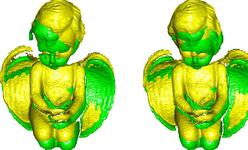
3D feature extraction and matching
Feature extraction and matching is a traditional method for shape matching and analysis.
-
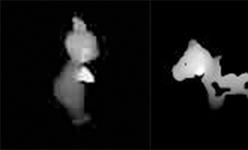
Efficient 3D shape matching and retrieval
This project attempts to develop efficient techniques for the representation and matching of 3D shapes.
-
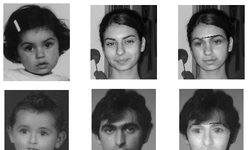
Facial aging simulation and visualization
Facial Aging Progression Simulation
-

Naturally Viewed 3D Displays
The NV3D display system is designed as a natural view, auto stereo display system which uses up to 36 projectors to piece together different images to different viewpoints located in front of its display screen.
-
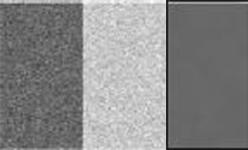
Noise removal and image enhancement
The captured either 2D or 3D data are usually unavoidably corrupted by imaging noise.
-
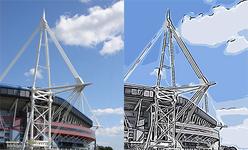
Non-photorealistic rendering
The team in Cardiff have developed their approach using computer vision techniques to produce a combination of lines and tonal blocks (black and also white for highlighting) to create an abstracted artistic rendering.
-
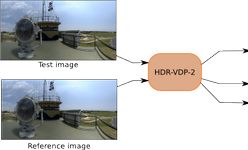
Quantifying image quality in computer graphics
This project is indented to provide means of comparing computer graphics results in a possibly effective and accurate way.
-

Ray Tracing and Global Illumination
Ray tracing is a significant field of computer graphics used for rendering highly realistic imagery for computer animated films, scientific data visualization, architectural and engineering designs.
-
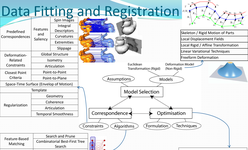
Registration of 3D Point Clouds and Meshes: A Survey from Rigid to Non-Rigid
3D surface registration is fundamental to many compute graphics, vision and medical applications.
-
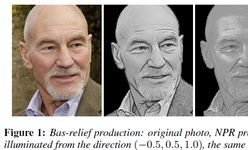
Relief Computation using Shape-from-Shading
This project explores how to create bas-reliefs from 2D face photographs.
-
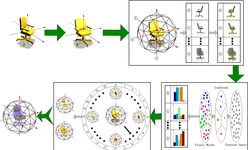
Robust and Sensitive Methods for Non-rigid and Partial 3D Model Retrieval
3D models have a broad range of applications in many different areas such as engineering, biology, chemistry, medicine, entertainment and cultural heritage.
-
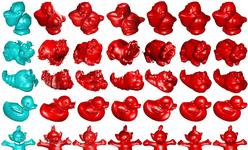
Saliency detection for 3D surface reconstruction, segmentation and simplification
While the laser scanning systems usually have limited field of view, the captured data from a single viewpoint can only cover a part of the area of interest.